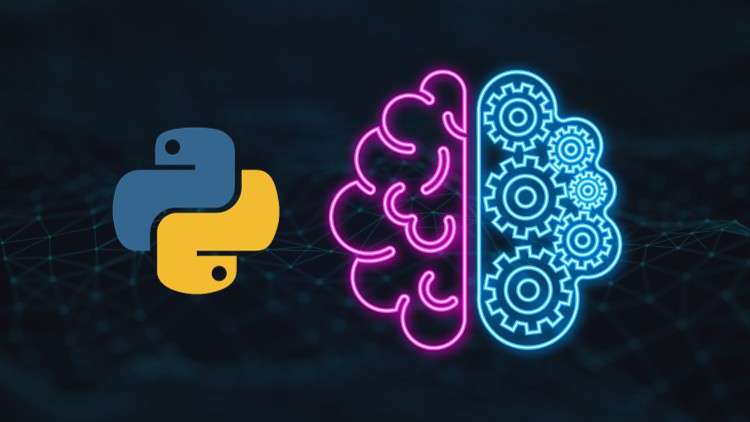
Master the Data Science Universe: A Comprehensive Hands-On Course Covering the A-Z of Data Science Workflow in Python
What you will learn
Gain a profound understanding of the core concepts and principles of data science, including its role, importance, and applications in various industries.
Acquire the skills to clean raw data effectively, covering techniques for handling missing values, addressing different data types, and managing outliers etc.
Master data manipulation by learning essential techniques such as sorting, filtering, merging, concatenating, and others using Python’s pandas library.
Learn exploratory data analysis techniques include frequencies, percentages, group-by operations, pivot tables, crosstabulation, and variable relationships.
Dive into the world of data preprocessing with hands-on experience in feature engineering, selection, and scaling to prepare datasets for ML models.
Apply your knowledge through a series of practical projects, reinforcing your understanding of each step in the data science workflow.
Develop expertise in building and evaluating supervised regression models, including linear regression, random forest, decision tree, xgboost, and more.
Gain practical skills in deploying supervised classification models, covering algorithms such as logistic regression, random forest, KNN, and lightgbm.
Explore the world of unsupervised learning by understanding and implementing clustering models like KMeans and DBSCAN for uncovering hidden patterns in data.
Become proficient in using essential Python libraries for data science, including pandas, numpy, seaborn, matplotlib, scikit-learn, and scipy.
Test your knowledge and reinforce your learning through a series of seven-layered quizzes that cover various aspects of the data science workflow.
Experience the integration of ChatGPT to rise your understanding of data science applications through interactive conversations and real-world problem-solving.
Learn how to communicate your findings effectively, translating complex data science results into clear and actionable insights for stakeholders.
Kickstart a career in data science, with a well-rounded understanding of the complete data science workflow and the ability to tackle real-world challenges.
Description
Welcome to “Master the Data Science Universe: A Comprehensive Hands-On Course Covering the A-Z of Data Science Workflow in Python.” This transformative program is meticulously crafted to cater to diverse learners, including aspiring data scientists, professionals seeking a career transition, and anyone intrigued by the immense potential of data. Embark on a journey that demystifies the complexities of data science, providing you with not only theoretical knowledge but, more crucially, practical skills through immersive hands-on projects.
Foundations of Data Science Excellence: Delve into the fundamental principles that underpin data science. Understand its significance, applications across industries, and the pivotal role it plays in decision-making processes. From the very basics to real-world applications, this course ensures you grasp the foundations, setting the stage for a comprehensive exploration of the data science landscape.
Hands-On Data Mastery and Practical Projects: Gain a profound understanding of data manipulation, cleaning, and preprocessing through hands-on projects. Tackle real-world data challenges and reinforce your skills with seven layers of quizzes. This practical approach ensures that you not only understand the concepts but can also apply them confidently in real-world scenarios.
Model Building Excellence Across Domains: Master the art of building and evaluating both supervised regression and classification models. Dive deep into algorithms such as linear regression, random forest, logistic regression, KNN, and more. Uncover the power of unsupervised learning through clustering models like KMeans and DBSCAN, allowing you to extract valuable insights from unstructured data.
Python Libraries Demystified: Navigate the rich Python data science ecosystem effortlessly. From data manipulation using pandas to machine learning with scikit-learn, and visualization with seaborn and matplotlib, you’ll gain proficiency in utilizing essential libraries that form the backbone of data science workflows.
Interactive Learning with ChatGPT Integration: Experience a unique learning journey with the integration of ChatGPT. Engage in interactive conversations, troubleshoot real-world problems, and enhance your problem-solving skills. This dynamic learning environment not only imparts knowledge but also fosters a deep understanding of the material through practical, interactive experiences.
“Master the Data Science Universe” goes beyond a traditional course—it’s your gateway to becoming a proficient data scientist. As you unravel the intricacies of data science, you’ll not only gain theoretical knowledge but also the confidence and skills needed to tackle complex challenges in the real world. Are you ready to unlock the full potential of data? Enroll now and take the first step towards a rewarding journey in data science.
Content